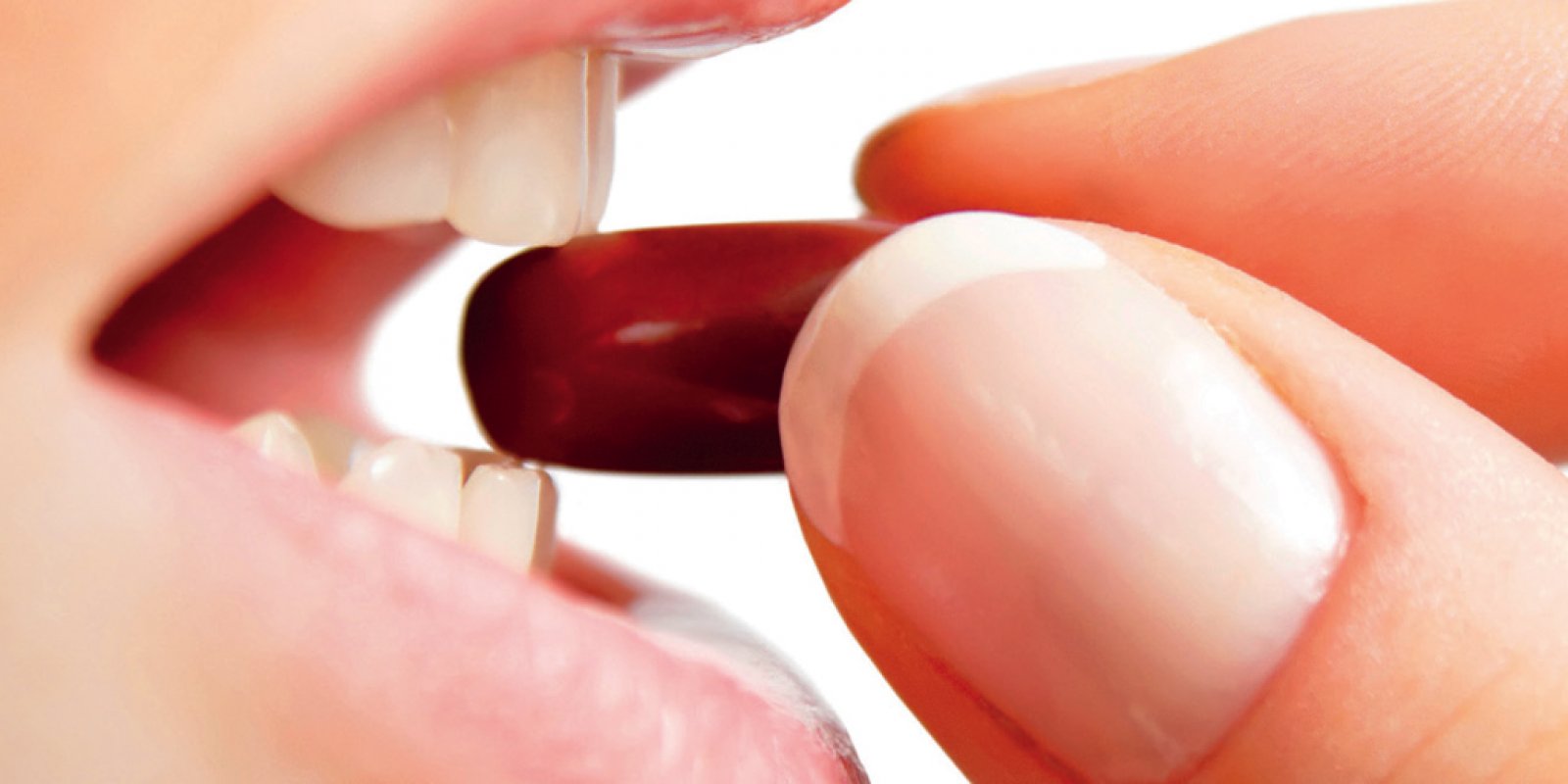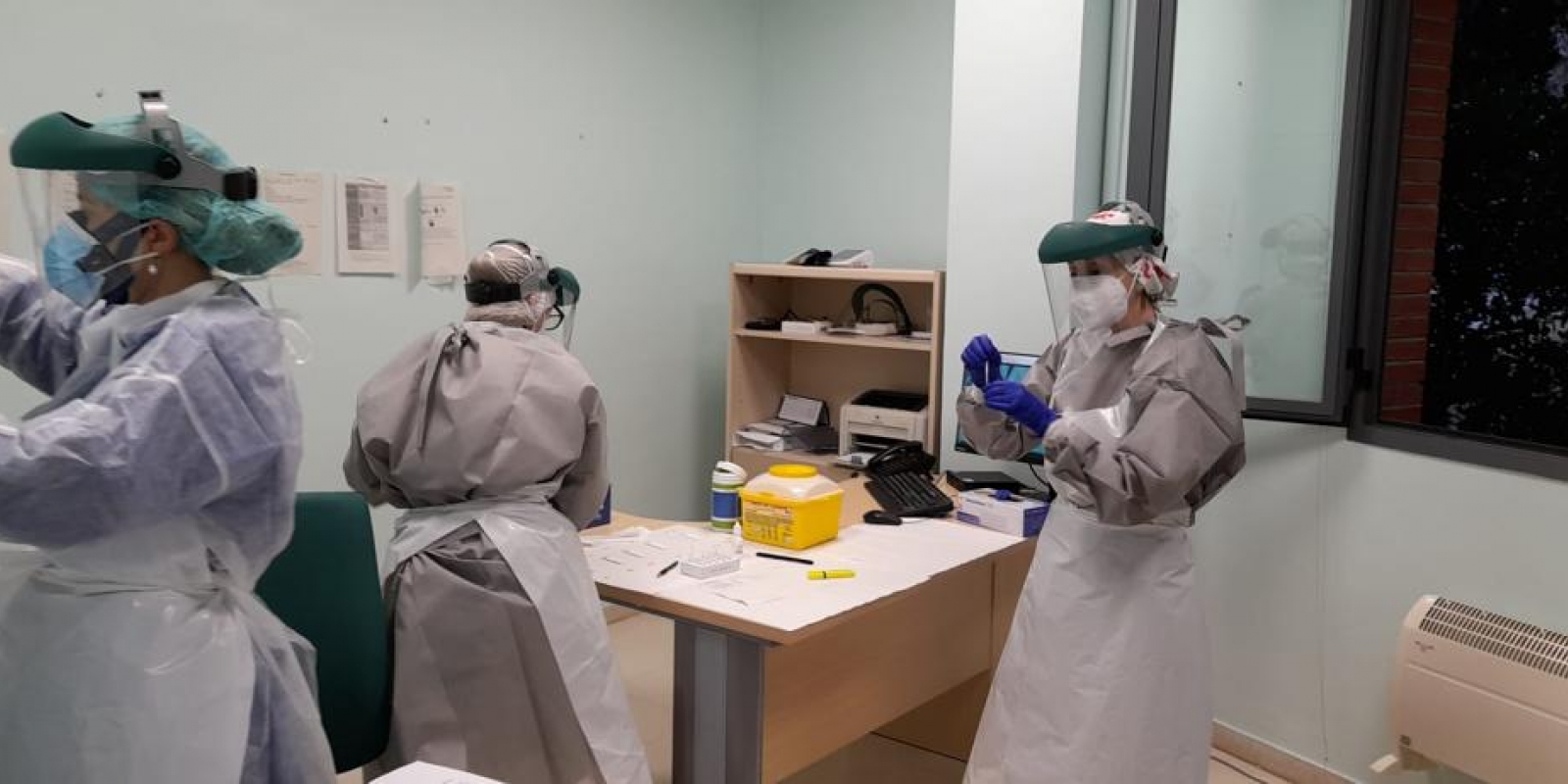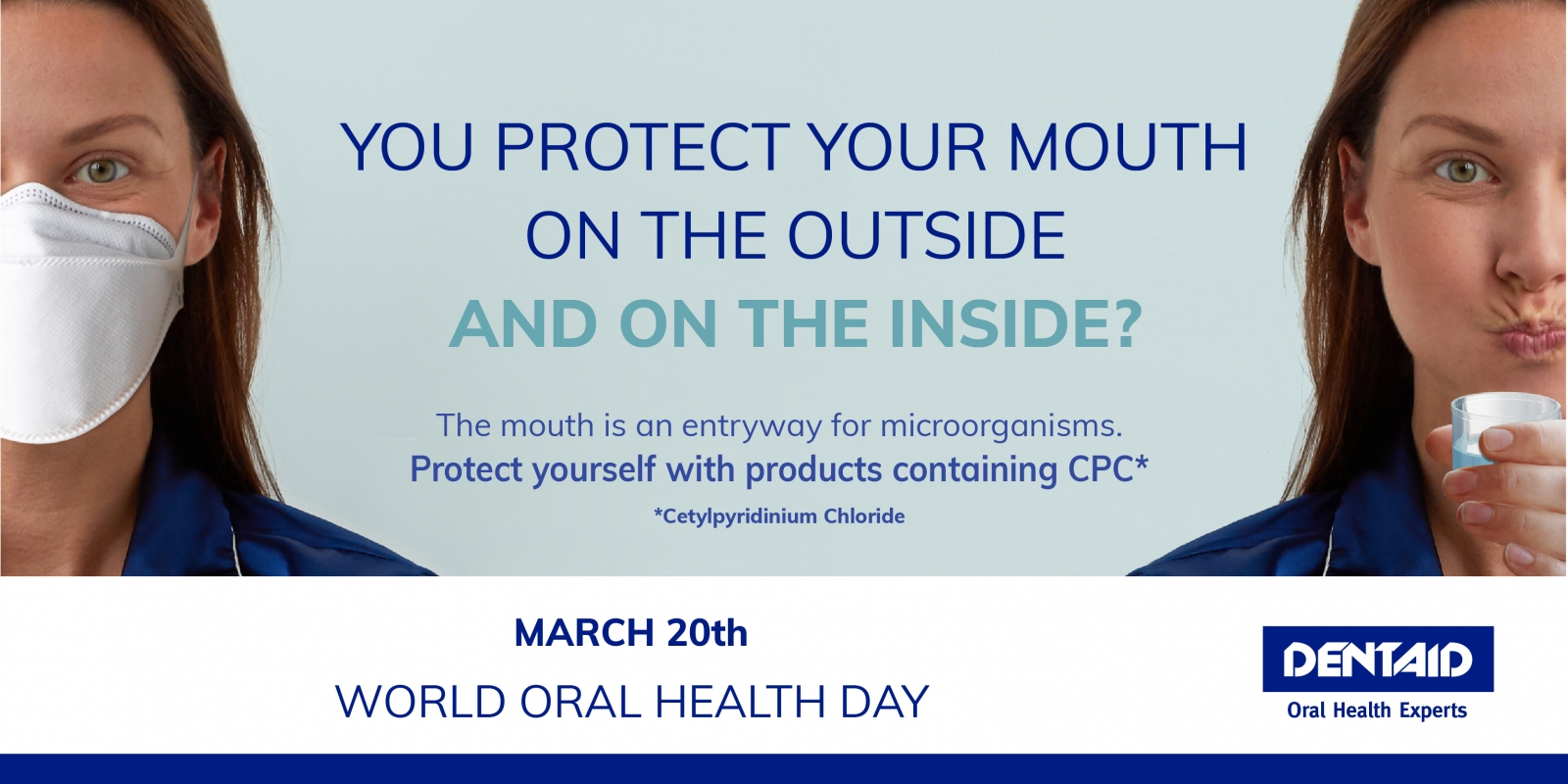DENTAID EXPERTISE
News for dentistry professionals
THE USE OF ANTIBIOTICS IN DENTISTRY

Ever since their discovery, antibiotics have been the best weapon for fighting infections and for treating certain diseases. However, overexposure throughout the years has caused their efficacy to be questioned.
In 1901, German bacteriologist, Paul Ehrlich developed a preparation with organic arsenic, which he called magic bullets (Salvarsan), for the treatment of syphilis and recurrent fever. This was the first synthetic compound to be used for fighting an infectious disease. However, several years later, Dr. Alexander Fleming accidentally discovered how the Penicillium notatum fungus was able to inhibit bacterial growth. Penicillin G was the first therapeutically successful antibiotic, which began to be used clinically in 1942, revolutionising the treatment of infectious diseases in the first half of the 20th Century, including scarlet fever, pneumonia, and gonorrhoea and staph infections. This discovery marked the beginning of the golden age of antimicrobials; however, the dynamics of the emergence of new antimicrobial molecules (natural or semi-synthetic) is currently undergoing a sharp decline. The abuse of antimicrobial therapies, inaccurate prescriptions and the ease with which bacteria adapt to these molecules, causing resistance, are the main factors that have led to the uselessness of many of the antibiotics developed last century and also recently.
Mechanical debridement of dental biofilm and the elimination of local irritating factors are the basis of periodontal therapy, but these actions have limitations, such as the inability to access the deepest areas and/or irregular pockets, of removing pathogens from certain niches and unwanted side effects such as gingival recession, loss of enamel and/or dentin, tooth sensitivity, etc.
In today's dentistry, antibiotics are being administered as part of periodontal treatments and preventive therapy
Therefore, antibiotics are used in certain patients to fight some forms of periodontitis. In preventive treatments, antibiotic prophylaxis is warranted in an attempt to prevent bacteraemia and possible infective endocarditis. Nevertheless, currently, researchers are increasingly pushing for a revision of the criteria for antibiotic prophylaxis, especially when it is considered that statistically, the probability of an extraction causing infective endocarditis, even in patients with heart disease, is 1 in 3000. Furthermore, these authors recommend the use of oral antiseptics in order to effectively prevent overexposure of the patient to antibiotics, whose efficacy is also becoming increasingly questioned.
This study summarises the main antibiotics that are used in dentistry, their mechanisms of action and the main resistance mechanisms that bacteria have developed to these.
β-lactam Antibiotics
β-lactams are the antibiotics of choice for treating infections caused by enterobacteria. Amoxicillin (aminopenicillin) is one of the most used orally. This family of molecules are bacteriolytic agents that cause bacterial lysis. They exert their action on the growing cell wall, by inhibiting the last stage of peptidoglycan biosynthesis, where cross-links are formed in a reaction known as transpeptidation. Penicillin and other β-lactam antibiotics covalently bind to the transpeptidase and carboxypeptidase enzymes that perform transpeptidation. Deactivation of these enzymes prevents the formation of these cross-links on the bacterial cell wall, which results in greater laxity of this encasement and finally in cell lysis from the osmotic and mechanical forces that act on this wall.
The main and most dramatic mechanism of resistance against β-lactam antibiotics, in gram-negative bacteria, is enzymatic hydrolysis of the antibiotic. This reaction is carried out by the β-lactams, which are enzymes that act in the periplasmatic space. The abundance and diversity of these enzymes, synthesised by the bacteria itself, has made it necessary to develop several systems of classification for these, according to their molecular structure or to the type of β-lactams they hydrolyse.
Metronidazole
It is a chemically synthesised molecule that was introduced in 1959 for the treatment of infections caused by Trichomonas vaginalis, although it also has a high bactericidal effect against anaerobic and microaerophilic microorganisms. When combined with other antibiotics, it is used to eradicate Helicobacter pylori. Also, when combined with amoxicillin, metronidazole is the systemic antibiotic therapy of choice in patients with aggressive periodontitis, showing beneficial effects in the majority of the studies conducted. Metronidazole penetrates the bacterial cells by passive diffusion in the form of a prodrug. Once inside, it is activated by ferrodoxin, an enzyme that forms part of the bacteria's electron transport chain.
This takes the electrons that are being transported in the chain and yields them to the inactive metronidazole. The drug is activated by reduction of the nitro group. The structure of the active metabolite is unknown, but from the characteristics of its reactivity, it is assumed to be a free radical or another strongly electrophilic molecule. Apparently, the antibacterial effect of the activated metronidazole would go on to induce the denaturation of the double stranded DNA and an extensive, irreparable single strand break.
Despite the fact that most periodontal pathogens are sensitive to metronidazole, resistance has been described due to the alteration of the enzymes involved in the drug’s intracellular activation. Also, four genes (nimA, nimB, nimC and nimD) which confer resistance to this antibiotic have been identified among the extraoral species of the Bacteroides genus.
Lincosamide antibiotics
This family of antimicrobials only includes two molecules: lincomycin, isolated from a Streptomyces lincolnensis fermentation broth in 1962 and a chemical modification of this same molecule which led to clindamycin. The latter is four times stronger than the former, has greater absorption capacity and reaches high concentrations in the phagocytic cells of abscesses, so that very high levels can be obtained in inflammatory tissues.
This molecule is active against gram-positive aerobic bacteria and against gram-positive and gram-negative anaerobes. Lincosamide antibiotics are mainly bacteriostatic, and their bactericidal activity depends on the concentration. Their mechanism of action occurs by inhibiting protein synthesis, interfering with the bacterial ribosome function by bonding to ribosome subunit 50S. Their use is recommended when allergy to β-lactams exists.
The combination of clindamycin and an aminoglycoside is the treatment of choice for mixed anaerobic-aerobic infections. Bacterial resistance to clindamycin is due to a change in the target; methylation of the ribosome subunit occurs so that the clindamycin cannot interact with this subunit. The requirements of all of these antibiotics to be able to be used in periodontal therapy include: exerting in vitro activity against the aetiological agents, having an effect that is supported by longitudinal clinical studies, reaching effective concentrations in the crevicular fluid, maintaining these concentrations throughout the entire treatment, not having local or systemic adverse effects at the dose used and showing a clear benefit compared to other conventional treatments. Even if most of these principles are fulfilled, it is clear that sufficient scientific evidence does not exist to develop guidelines for administration, dose and duration of these antimicrobials in dentistry. Additionally, the big difference between the resistance profiles to antibiotics in bacteria from different European countries makes it difficult to establish common clinical protocols.
About the Author
Microbiology Department DENTAID
RELATED ARTICLES

14 Dec 2021
A recent study shows the efficacy of mouthwashes containing CPC in patients with COVID-19
Investigators from the Aragonese Health Service and the Health Research Institute of Aragon conducted a clinical trial in Primary Care with the aim of…

18 Nov 2021
Laboratory studies prove that CPC in mouthwashes is effective against different variants of SARS-CoV-2 thanks to its mechanism of action
INTRODUCTION The oral cavity is a route of entry, infection and transmission of microorganisms, including the SARS-CoV-2 coronavirus. Several…

16 Mar 2021
World Oral Health Day: What role does the oral cavity play during SARS-CoV-2 infection?
At DENTAID, we want to highlight the important role that oral health plays. Coinciding with World Oral Health Day, we have launched an awareness…
Sign up for the DENTAID Expertise newsletter
Sign up for the newsletter